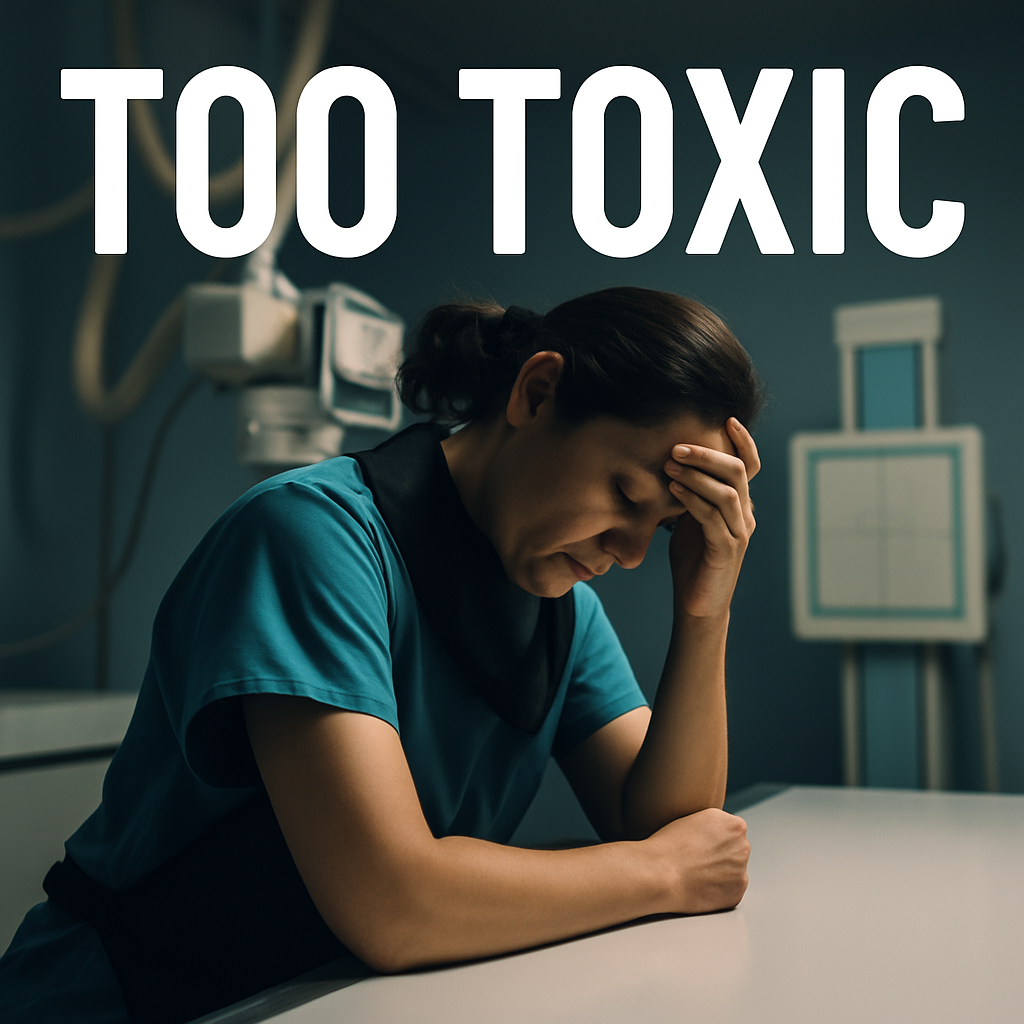Healthcare is a field that attracts people who want to help. But too often, those same people find themselves stuck in emotionally draining, toxic workplaces that strip away their sense of worth, purpose, and peace of mind.
One viewer shared a disturbing experience:
“I work with this girl who is bipolar & extremely immature. She’d put glue on my friend’s keyboard. She’d call him a loser. Stuff of mine went missing, like the medical records room key. I reported it, but I always feel gaslighted and like I’m walking on eggshells. I no longer want to be a nurse. Too much stress and conflict.”
Sadly, this story isn’t unique. Many healthcare workers face bullying, passive aggression, favoritism, and retaliation—often in environments where management looks the other way.
Signs You’re in a Toxic Healthcare Environment
- Constant tension or fear around coworkers or supervisors
- Sabotage or gaslighting, especially when reporting problems
- Unfair workloads or being expected to “pick up the slack” without support
- Zero accountability for toxic staff, no matter how harmful their behavior
- You dread every shift, even before it starts
Why People Stay (Even When They Know It’s Bad)
- Financial pressure
- Loyalty to patients or coworkers
- Fear of being labeled a “quitter”
- Feeling like there are no better options
But staying too long in a toxic environment can cost you more than just your sanity. It can affect your health, your confidence, and your future career opportunities.
So When Is It Time to Leave?
If you feel emotionally drained every day, if your concerns are constantly dismissed, and if your self-worth is eroding—it’s time to go.
What to Do Next
- Document Everything – Keep notes, dates, emails, and incidents. This protects you if things escalate or HR gets involved.
- Update Your Resume – Even if you feel stuck, act like you’re about to get hired. If you’re switching into imaging, this post may help: How to Build a Rad Tech Resume with No Prior Experience
- Explore Lateral Moves – Many people don’t realize there are other paths in healthcare besides bedside nursing: imaging, sonography, lab tech, HIM, and more.
- Start Studying – If you’re thinking of switching to imaging, I created a board exam prep guide to help you make the transition smoother: Click here for help
- Talk to Someone You Trust – You don’t need to navigate this alone. A mentor, career advisor, or even a neutral friend can help you weigh your options.
Final Thought
You went into healthcare to make a difference. That doesn’t mean you signed up to be mistreated, minimized, or burned out. You deserve a workplace where you’re respected, supported, and able to thrive.
Toxic environments don’t get better by staying silent. And they rarely change because “good people” keep sacrificing themselves.
If you need permission to move on—here it is.
There are healthier paths. And you’re still early enough in your story to choose a better one.
Looking for guidance on where to go next? You might also like this: Becoming a Radiologic Technologist After 30, 40, or 50: What You Need to Know

